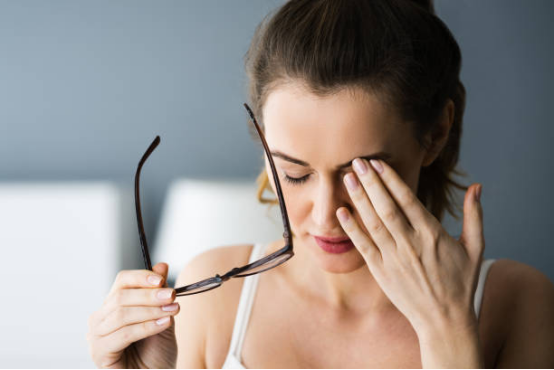Understanding Thyroid Eye Disease: Symptoms and Management
Thyroid Eye Disease (TED) is an autoimmune disorder that primarily affects the eyes and is often associated with thyroid conditions like Graves’ disease. It can cause a range of symptoms that impact both appearance and vision. Early detection is key to managing the disease effectively and minimizing its effects.
Thyroid Eye Disease (TED) is an autoimmune disorder that primarily affects the eyes and is often associated with thyroid conditions like Graves’ disease. It can cause a range of symptoms that impact both appearance and vision. Early detection is key to managing the disease effectively and minimizing its effects.

What Causes Thyroid Eye Disease?
TED, also known as Graves’ orbitopathy, occurs when the immune system attacks the tissues around the eyes, leading to inflammation and swelling. While it is most common in people with hyperthyroidism, it can also occur in those with hypothyroidism or normal thyroid function.
Common Symptoms of Thyroid Eye Disease
- Protruding Eyes (Proptosis):
Swelling behind the eyes can push them forward, creating a bulging appearance.
- Dryness or Excessive Tearing:
Inflammation can disrupt tear production, causing either dryness or watery eyes.
- Double Vision:
Swollen eye muscles may misalign the eyes, resulting in double vision.
- Eyelid Changes:
The upper eyelids may retract, making the eyes appear more open or giving a staring look.
- Redness and Swelling:
The eyelids and conjunctiva may become red and swollen due to inflammation.
- Eye Pain or Pressure:
Many patients report discomfort or a feeling of pressure around the eyes.
- Difficulty Moving the Eyes:
Swelling can stiffen the eye muscles, limiting movement and causing discomfort when looking in certain directions.
When to Consult a Doctor
If you notice any of these symptoms, particularly if you have a thyroid condition, it’s important to seek medical advice. Early treatment can help control symptoms and prevent complications.
Managing Thyroid Eye Disease
Although there is no cure for TED, several treatments can help:
- Anti-inflammatory Medications:Corticosteroids can reduce swelling and inflammation.
- Lubricating Eye Drops:These can alleviate dryness and irritation.
- Prism Glasses:These lenses can help correct double vision.
- Surgical Interventions:In severe cases, surgery may be needed to address eyelid retraction, eye misalignment, or optic nerve compression.
By recognizing the symptoms of TED and seeking timely medical care, you can take steps to protect your vision and improve your quality of life.